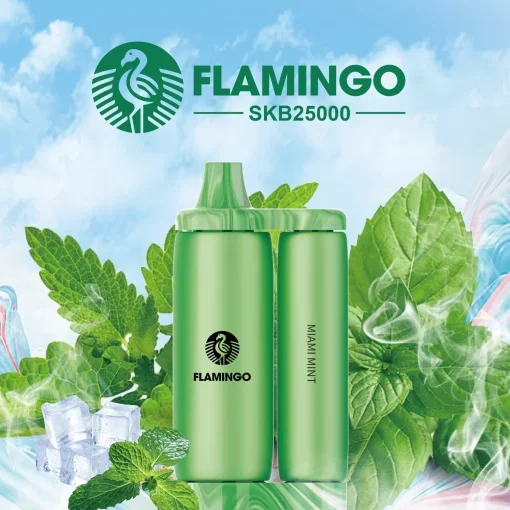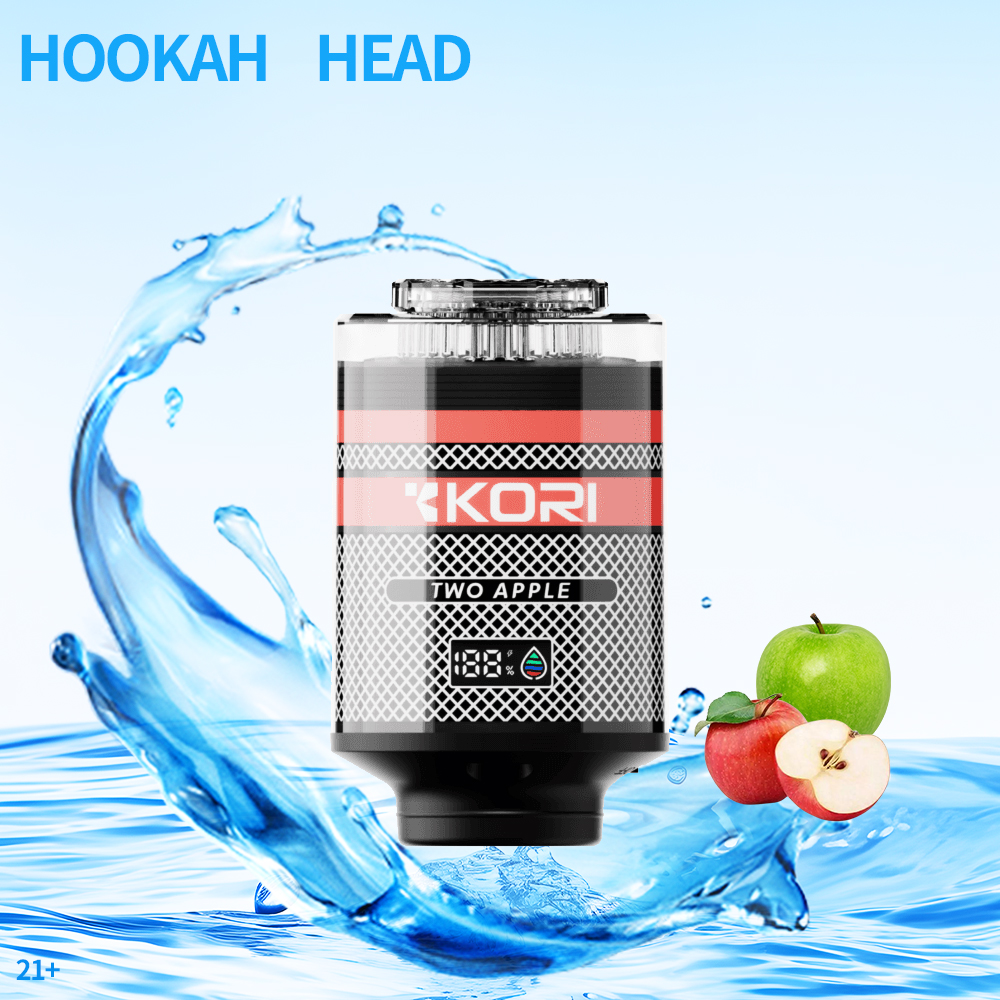The Rise of Vaping: Understanding the Vaping Culture and Its Impact
Introduction to Vaping Culture
Over the past decade, vaping has surged in popularity, transforming from a niche pastime into a mainstream cultural phenomenon. This evolution has evoked numerous discussions around its social implications, health effects, and the industry that fuels its growth. As more individuals turn to vaping as an alternative to traditional smoking, understanding the vaping culture becomes imperative, not only for the enthusiasts but also for the society at large.
The Evolution of Vaping
Initially designed as a smoking cessation tool, the electronic cigarette (e-cigarette) has morphed into a cultural staple for many. The introduction of e-liquids in a plethora of flavors and nicotine strengths has made vaping not only a method to quit smoking but also a means of personal expression and social interaction.
From Cigarettes to E-Cigarettes
The journey from traditional cigarettes to e-cigarettes began in the early 2000s. The gradual shift from combustible tobacco to vaporized forms of nicotine has radically altered the smoking landscape. E-cigarettes offered a less harmful alternative to smokers while also catering to a new audience intrigued by the technology and variety.
A Flavorful Experience
One of the enticing features of vaping is the wide range of flavors available. From fruity concoctions to dessert-inspired blends, the e-liquid offerings broaden the appeal of vaping, particularly among younger demographics. This diversity of flavors contributes to the social aspect of vaping, drawing individuals into communities centered around their favorite devices and e-liquids.
The Social Scene: Vaping Communities
The ripple effect of vaping’s popularity has cultivated a vibrant community. Online forums, social media groups, and local meet-ups allow enthusiasts to share experiences, review products, and support each other’s vaping journeys. This camaraderie enhances the social interaction aspect, creating a sense of belonging among users.
Events and Gatherings
Vaping conventions and competitions have emerged, showcasing the competitive spirit within the vaping community. These events not only highlight cloud-chasing contests – where participants create the largest and thickest vapor clouds – but also emphasize product showcases and innovations in vaping technology.
The Debate: Vaping vs. Traditional Smoking
As vaping gained traction, it also attracted scrutiny. Public health advocates have frequently debated its safety compared to traditional smoking. While many studies suggest that vaping poses fewer health risks than smoking combustible cigarettes, the potential risks, particularly for young people, are a growing concern.
The Health Perspective
It is crucial to dissect the health implications surrounding vaping. The consensus among health professionals indicates that while vaping is not risk-free, it is significantly less harmful than traditional smoking. The absence of combustible ingredients eliminates many harmful by-products associated with burning tobacco.
Regulatory Landscape
In response to rising health concerns, governments worldwide have enacted regulations governing the sale and use of vaping products. These measures often include age restrictions, advertising limitations, and product warnings. Understanding these regulations is vital for consumers to ensure safe and responsible vaping practices.
The Future of Vaping
With technology continually evolving, the vaping industry is poised for further transformation. Innovations in product design, e-liquid formulations, and user experience are all on the horizon. As the industry adapts and regulations evolve, it is essential for consumers to stay informed about the latest trends and technologies.
Embracing Innovation
The emergence of smart vaping devices – those equipped with Bluetooth technology and mobile applications – reflects the demand for personalized vaping experiences. These innovations offer users detailed insights into their vaping habits, such as consumption patterns and device maintenance tips, thereby enhancing overall engagement.
Shaping Public Perception
As vaping becomes entrenched in popular culture, how it is perceived will greatly influence its future. Public perception can either propel the industry forward or stifle its growth through regulation and social stigma. Continuous education and transparent dialogue about vaping’s risks and benefits will be essential in shaping a balanced understanding.
Vaping and Lifestyle Choices
Many individuals view vaping not merely as a nicotine delivery system but as a lifestyle choice that reflects personal identity. From the aesthetic of the devices to community affiliations, vaping has intertwined itself with various lifestyle choices, particularly among younger generations.
The Role of Influencers
Social media influencers play a pivotal role in shaping vaping culture, often showcasing their vaping experiences, reviews, and tips. The influence of these personalities can significantly affect product trends and consumer behaviors. However, it also raises questions about the ethical implications of marketing vaping to younger audiences.
Responsible Vaping
As the vaping landscape continues to evolve, the importance of responsible vaping cannot be overstated. Users are encouraged to prioritize safety, adhere to legal regulations, and become informed about the products they consume. Engaging in responsible vaping practices fosters a healthier community that values informed choices over impulsive behaviors.
Conclusion
Vaping is more than just a trend; it's a cultural phenomenon that embodies innovation, community, and ongoing debate. As this industry proliferates, understanding the intricacies of its culture, the implications for public health, and the future of technology will be essential for participants and observers alike. Keeping abreast of these developments can foster a more informed and responsible approach to vaping, ultimately benefitting the entire community.





